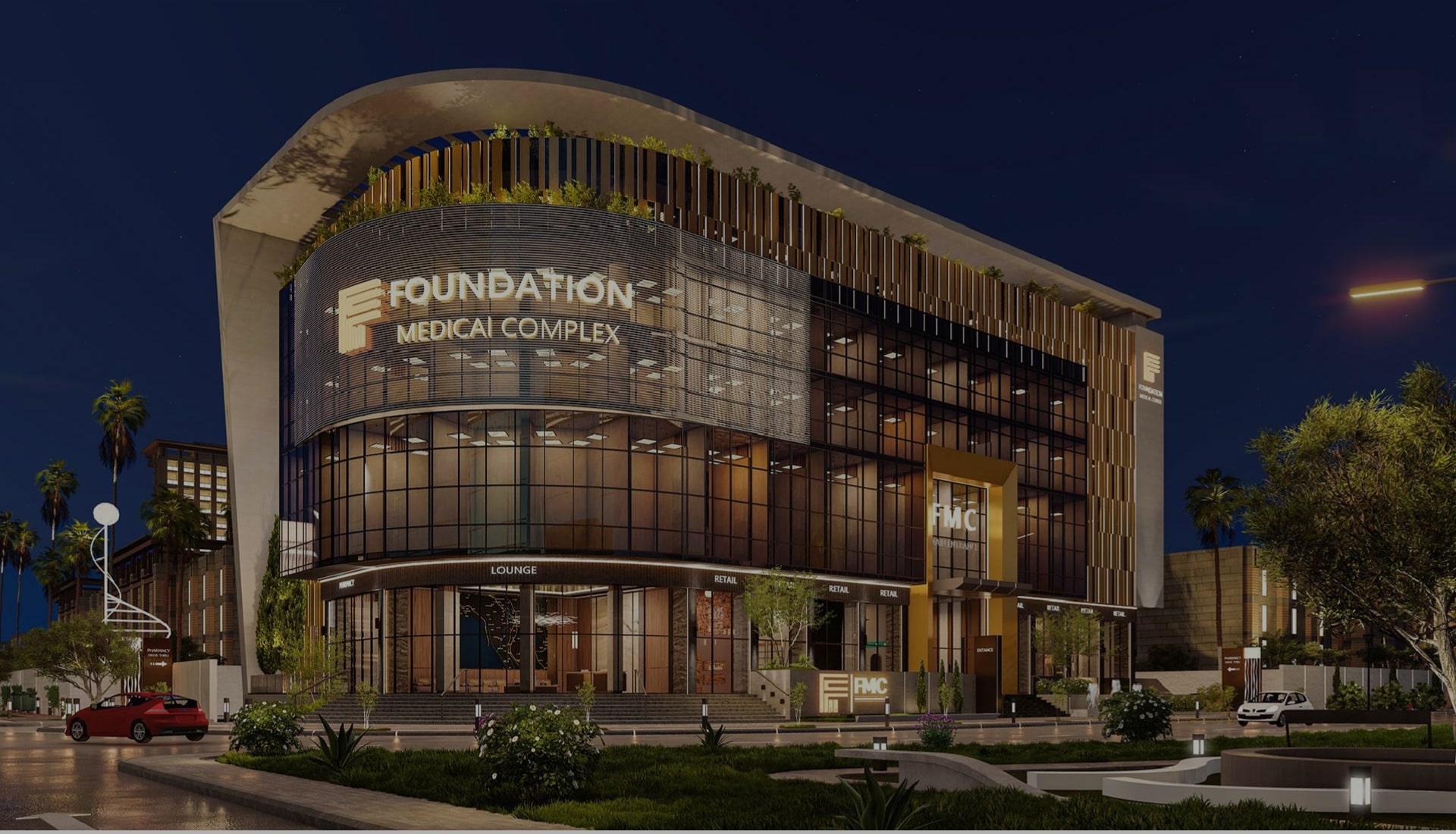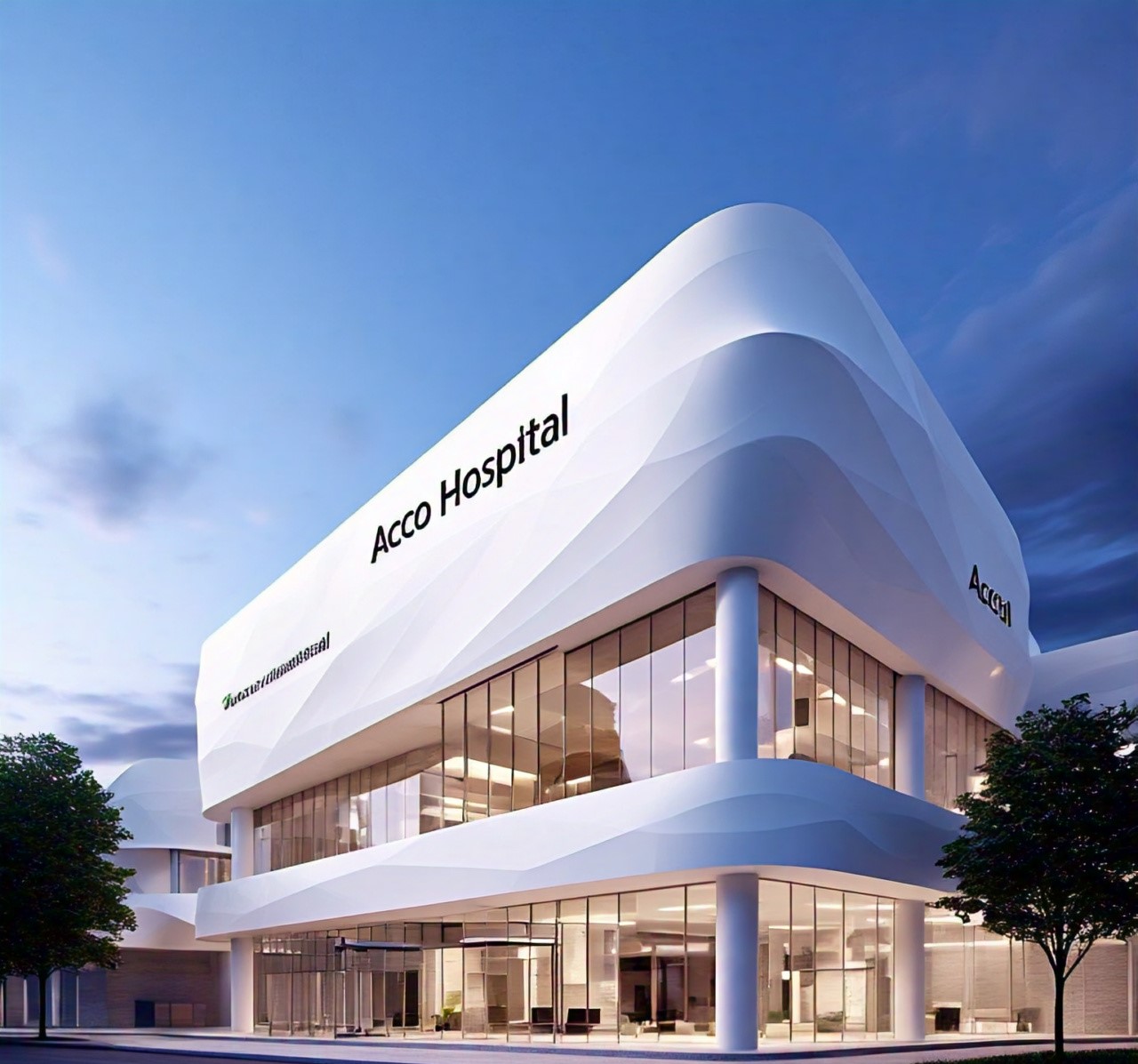
HOSPITAL DESIGN HUB Cultural Considerations in Iranian Hospital Design: Best Practices
Cultural Considerations in Iranian Hospital Design: Best Practices
Designing hospitals in Iran requires a nuanced approach that respects and integrates the country’s rich cultural heritage, religious practices, and social norms. This guide outlines best practices for incorporating cultural considerations into hospital design, ensuring that facilities are both functional and culturally sensitive.
1. Respect for Religious Practices
Best Practices:
- Prayer Rooms: Include dedicated prayer rooms within the hospital, equipped with facilities for ablution and designed to accommodate the needs of Muslim patients and staff. These rooms should be easily accessible and located in convenient areas to provide privacy and a serene environment.
- Orientation of Facilities: Consider the orientation of prayer rooms and other spaces in relation to the Qibla (the direction of Mecca) to align with Islamic prayer requirements.
- Islamic Art and Calligraphy: Integrate Islamic art and calligraphy into the interior design to create a familiar and comforting environment. These elements can be used in wall decorations, flooring, and furniture design.
2. Gender Sensitivity
Best Practices:
- Separate Areas: Design separate waiting areas, examination rooms, and patient wards for men and women to respect cultural norms regarding gender segregation. Ensure that these areas are clearly marked and easily accessible.
- Privacy Considerations: Provide ample privacy in patient rooms and consultation areas, using screens or partitions where necessary to ensure that patients feel comfortable and secure.
- Staff Facilities: Include gender-segregated staff areas, such as lounges and restrooms, to accommodate the needs of both male and female healthcare workers.
3. Family Integration
Best Practices:
- Family Spaces: Design spaces where family members can stay and support patients, such as comfortable waiting areas, family rooms, and overnight accommodations. Ensure these spaces are equipped with necessary amenities and offer a supportive environment.
- Family Counseling Rooms: Provide dedicated rooms for family consultations and counseling to facilitate communication between healthcare providers and family members in a private setting.
- Visiting Policies: Develop visiting policies that allow family members to be actively involved in the patient’s care while respecting hospital protocols and privacy requirements.
4. Incorporating Traditional Aesthetics
Best Practices:
- Persian Architectural Elements: Use traditional Persian architectural features, such as arches, domes, and intricate tile work, to create a design that resonates with local cultural heritage. These elements can be incorporated into the building’s façade, interior design, and landscaping.
- Color Schemes: Select color schemes that are culturally appropriate and soothing, such as earthy tones and soft pastels, which can create a calming atmosphere in patient care areas.
- Landscaping and Gardens: Design healing gardens and courtyards with traditional Persian garden elements, such as water features and shaded seating areas, to provide a peaceful environment for patients and visitors.
5. Accessibility and Inclusivity
Best Practices:
- Universal Design: Ensure that the hospital is accessible to people of all abilities, including those with disabilities, by incorporating features such as ramps, elevators, and accessible restrooms.
- Wayfinding: Develop clear and intuitive wayfinding systems with multilingual signage to accommodate patients and visitors who may not speak the local language or are unfamiliar with the hospital layout.
- Cultural Sensitivity Training: Provide cultural sensitivity training for staff to ensure they are aware of and respect the diverse cultural backgrounds of patients and their families.
6. Community Engagement
Best Practices:
- Community Health Initiatives: Integrate spaces for community health programs, educational workshops, and preventive care services to foster a connection between the hospital and the local community.
- Local Art and Culture: Display local art and cultural artifacts in public areas of the hospital to celebrate regional heritage and create a welcoming atmosphere for patients and visitors.
- Public Spaces: Design public spaces, such as cafes and retail areas, to serve as community hubs where patients, families, and local residents can interact and engage in health-related activities.
7. Cultural Sensitivity in Design
Best Practices:
- Consultation with Cultural Experts: Work with cultural consultants and local architects who understand Iranian cultural and religious practices to ensure that design decisions are appropriate and respectful.
- Community Feedback: Engage with the local community and gather feedback during the design process to ensure that the hospital meets cultural and social expectations.
- Adaptability: Design flexible spaces that can be adapted to meet evolving cultural needs and preferences, allowing the hospital to remain relevant and responsive to community changes.
8. Integration of Traditional and Modern Healthcare Practices
Best Practices:
- Complementary Therapies: Incorporate spaces for traditional Iranian complementary therapies, such as herbal medicine or acupuncture, alongside conventional medical treatments.
- Holistic Design: Create environments that support both physical and mental well-being, blending modern medical practices with traditional cultural practices that emphasize holistic health.
Conclusion
Incorporating cultural considerations into hospital design in Iran ensures that healthcare facilities are respectful of local traditions and values while providing high-quality care. By integrating religious practices, gender sensitivity, traditional aesthetics, and community engagement into hospital design, Iranian healthcare facilities can create environments that are both functional and culturally meaningful. These best practices help to enhance patient satisfaction, support staff, and foster a strong connection between the hospital and the community.
4o mini




